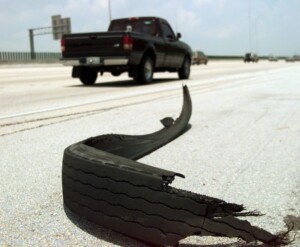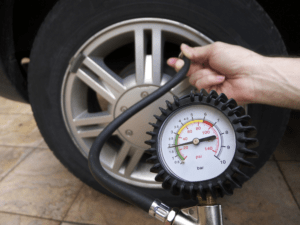

Summer driving in Texas can be both exhilarating and challenging. With its scorching heat, intense sunshine, and high travel traffic, Texas roads require drivers to stay alert and prepared for a variety of conditions. Whether you’re planning a long road trip through the Lone Star State or simply navigating the hot streets of your hometown, understanding the risks and taking precautions can help ensure your safety and comfort.
In this blog, we’ll provide essential tips for driving in the summer heat, from managing your car’s cooling system to handling sun exposure. By following these tips, you can ensure a smoother, safer driving experience no matter how high the temperature rises.
Texas is known for its sweltering summer temperatures, with some areas regularly hitting 100°F or more. Driving in these conditions comes with unique challenges, including:
To ensure a safe and enjoyable summer drive, it’s important to understand these risks and take proactive steps to avoid them.

In addition to the tips above, there are a few specific summer driving hazards in Texas that you should be aware of:

Driving in the summer in Texas comes with unique challenges, but with the right preparation, you can ensure that your road trips and daily drives are safe and enjoyable. By maintaining your car, staying hydrated, and being prepared for unexpected weather, you’ll be ready to tackle any road condition that comes your way. Remember, safety is always the priority, no matter how hot it gets outside.
